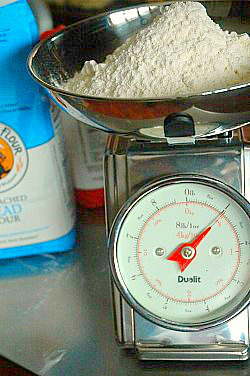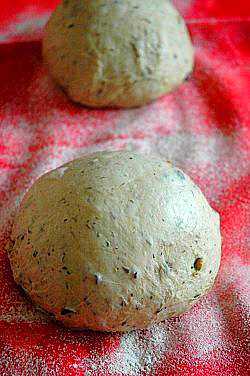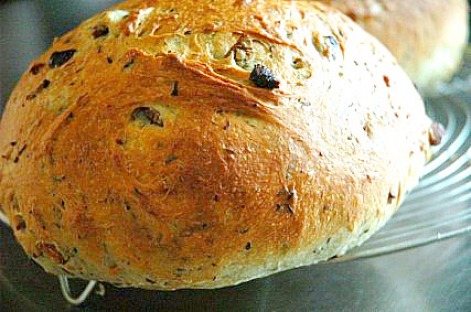 I was planning to post a decadent dessert in observance of Valentine's Day later this week, but I spent yesterday making this French Olive Bread. I found the recipe in the sweet little book, Confessions of a French Baker, by Peter Mayle. Recipes for sixteen different breads from Chez Auzet in the Provencal city of Cavaillon, are adapted for the home baker by boulanger/owner Gérard Auzet. 
GREEN and BLACK OLIVE BREAD
1 Comment
|
Categories
All
|



